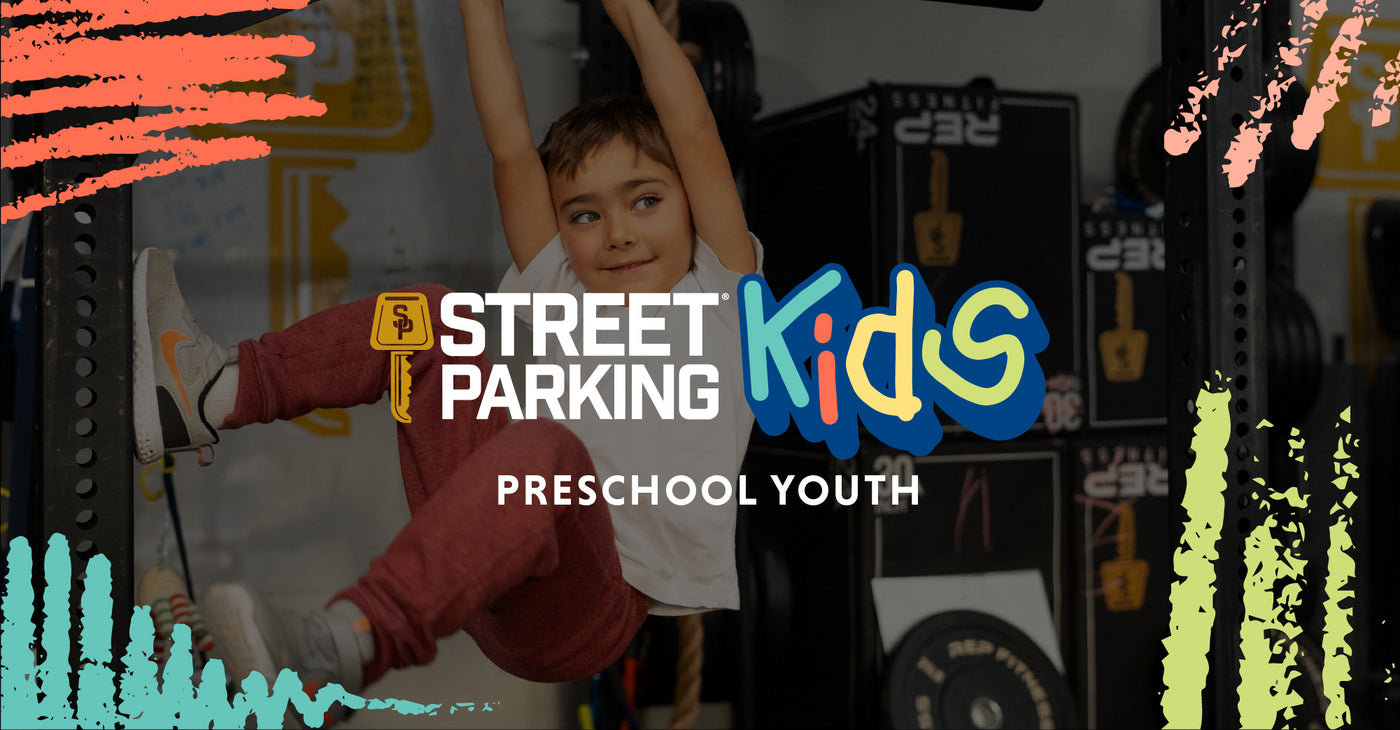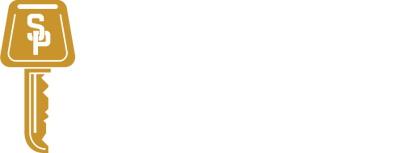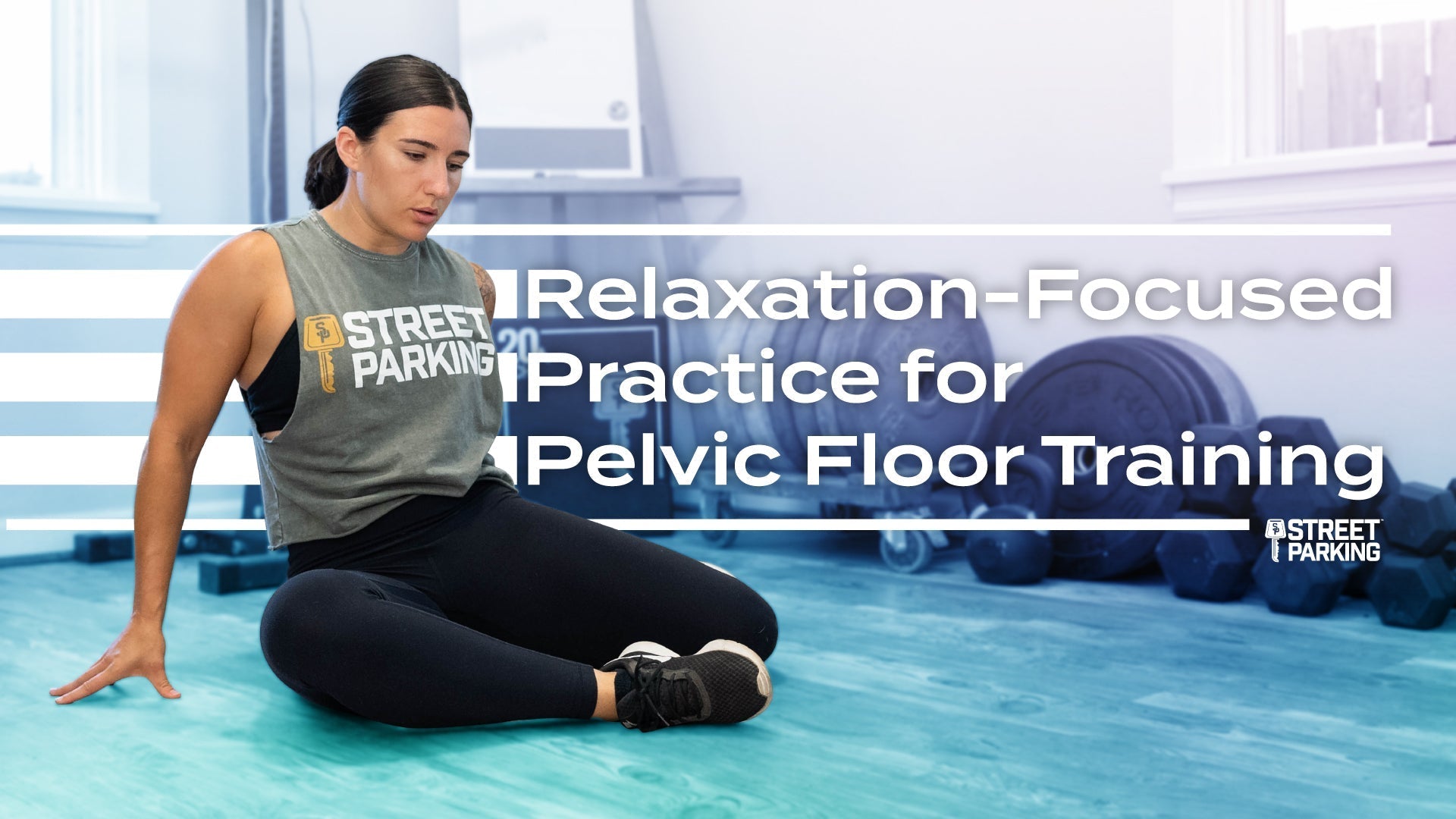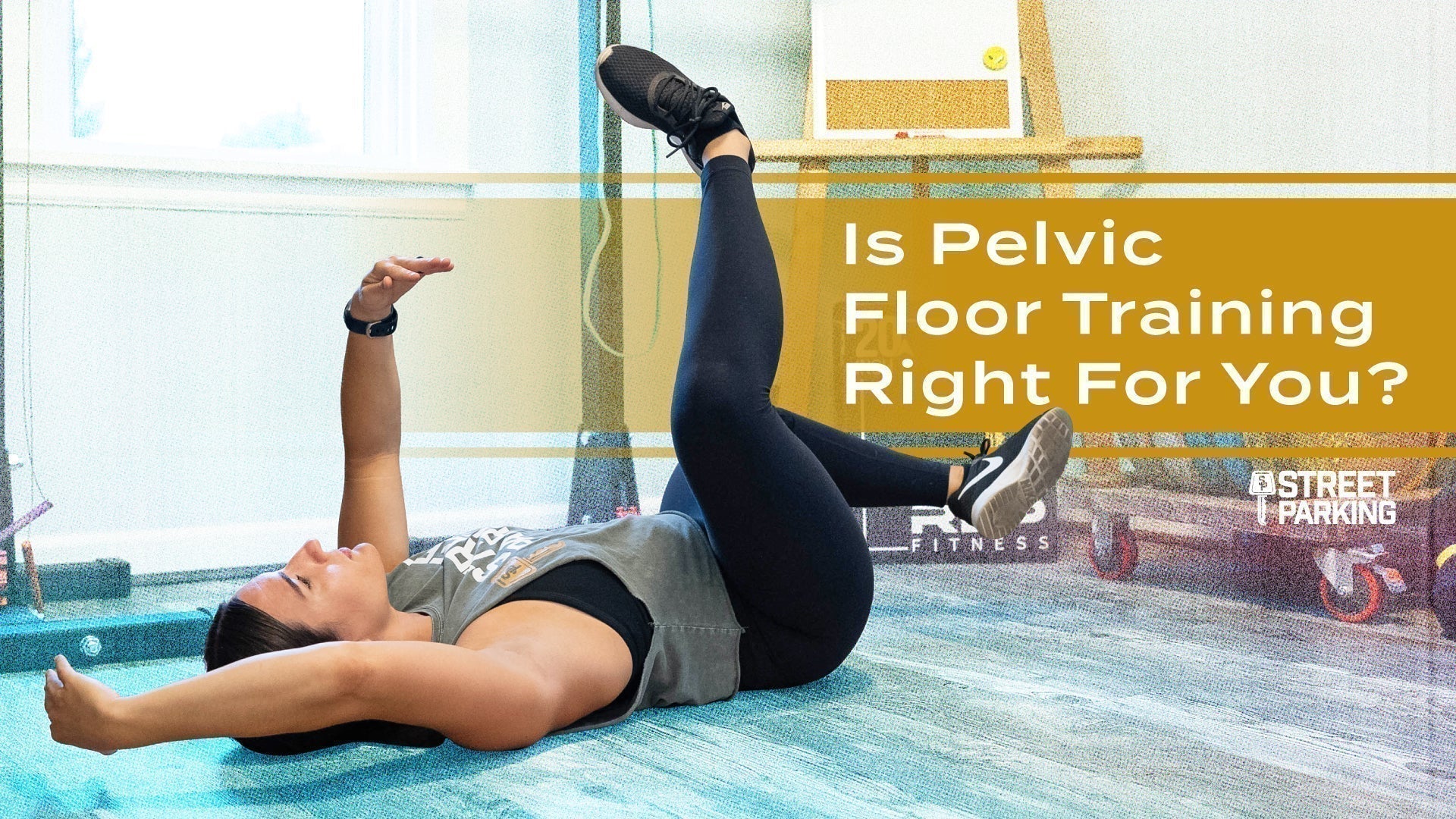
*Check the MILESTONE CHART for general developmental milestones to help in your implementation of activities, especially for younger than preschool age.
“Play gives children a chance to practice what they are learning.” – Fred Rogers
STAGE: Discovery and exploration
GENERAL AGE RANGE: 3-5 years old. No longer a “toddler.”
Keep in mind age is just a starting factor. Some kids may be less experienced, less mature, have different abilities, delays that would fall into this category when considering approach to fitness and wellness.
ATTENTION SPAN: A generalized trick for this is:Age of the child x 2 or 3 = Length of attention span. If they are 3 years old, think 3-6 minutes or up to 9 minutes; if they are 4, 4-8 minutes or up to 12 minutes.*This can change due to motivation and interest in a task, fatigue, or even time of day.
MOVEMENT TYPES: Bodyweight. This does not mean you cannot start to introduce presses, deadlifts, squat variations, or other movements, but try doing this with only their body. Example: a press would look like hands on shoulders then pressing up high to the sky.
SPECIFICALLY: Points of performance focus — simple movements, movements broken down into parts.
IMPLEMENTS: Non-weighted objects or very light loads. Fun toys and items like cones, balloons, light balls, obstacle course type objects (boxes, ropes, balance beams, bars to hang on, tunnels, etc.).
TEACHING METHOD: Show and tell, shared attention, imitation
STAGE
A child in the Preschool Youth age range generally has the attention span, physical and cognitive and emotional growth, and motivation developed to start introducing fitness and wellness-specific activities.
Prior to the Preschool stage, you will see a lot of beginning development that allows little humans to go from dependent on parents to starting to move their bodies and interacting with their environment with some increased independence. [To get in-depth information about the infant and toddler years, check out the MILESTONE CHART] Remember that even in infancy children are learning by observing and beginning to imitate adults and other children around them, so don’t take this time for granted. The infancy and toddler time frame is essential in development stages — not only physically, but mentally, socially, and emotionally as well — to allow them to move to the stage of Preschool Youth: the discovery and exploration phase.
The Preschool Youth age is when kids start to learn how to take turns… but they generally want to be first and focus mostly on themselves and their little world. As they move through these preschool years, they become more willing and excited to try new tasks, are more motivated by playing with their peers, and begin to notice the world around them. Imitation and copying becomes more prevalent, mainly in movement patterns, behaviors, and play. By the end of the preschool age, they want to please friends and adults or coaches and be liked, can follow more simple rules to games, seek independence, can coordinate but also be equally as demanding. They start to understand first and last and turn-taking (and the preferences that go with this), and they know the difference between pretend and real, are beginning to understand time, and so much more.
ATTENTION SPAN
POTENTIAL CHALLENGES
MOVEMENT TYPES
Due to where this age group is in their physical development, the main focus for movement is bodyweight and non-weighted objects. Keep in mind that if they haven’t developed the skills to move their own bodies in certain ways, they aren’t ready to be in charge of themselves AND another object, especially one that has a weighted load. Generally the Preschool Youth group is still working on discovering and exploring more complex bodyweight movements and skills. Examples: hopping, balancing, jumping, skipping, climbing/stairs, running, bilateral coordination (bike riding), visual motor coordination (beginning catching, throwing), hanging and swinging, changing speed and directions, vestibular activities (where their body is in space), impact loading/heavy work (how their body creates and responds to big movement), and much more. Think “obstacle course” activities, animal crawls, etc. If this age group can develop a sound and solid foundation for bodyweight movements, imagine the solid foundation they have created for sport-specific tasks, gymnastics, weightlifting, etc. in the future!
In this stage of discovery and exploration, the more that can be introduced in simple forms (think basic building blocks of fitness movements) with a focus on lots of repetitions, the better chance they have both to develop movement patterns and to recognize movements. As they become more familiar with the movements, you can then refer back to them in the futurewithout having to teach something completely new.
Simple movements like a squat should be your first focus, staying away from complex and technical movement patterns. However, you can break down movements to make them more simple. Since this age group is learning new movements for the first time, the experience can be a lot, plus their bodies are growing and they still are getting to know how they move in the first place. Teaching a point of performance from a movement is often a great way to start. This is the beginning of simple goal setting and intention creation. Example: Instead of teaching the squat and perfecting that whole movement,try teaching a squat but focusing on heels down onlyor knees out only. If you focus on one point of performance, learning a squat could be an activity that takes multiple days to teach the “entire” thing, and then plenty of days following to practice it.
TEACHING METHOD
The teaching method that works best for this age group is show and tell (showing them what you mean by also telling them), shared attention (doing an activity together), imitation (copying). This doesn't just go with fitness, but other health and wellness areas as well. They will definitely notice if you are walking the walk and talking the talk — what routines are important to you, what you are eating, how you talk to yourself.
The Preschool Youth age group is generally just beginning to learn to read. Using show and tell, verbal cues, and imitation often works best when helping them understand the workout details. Instead of writing out the details on a whiteboard, maybe you draw some cool pictures of your workout. [Example: bear crawls = bear, play jumps = bunny, somersault = tornado.] When giving directions or cues, remember that they are capable of following simple instructions, anywhere from 1-3 steps usually. The same goes for counting repetitions — keep it in a range of 3-5 for accuracy. If this seems low, take a moment to think back… how many times have you been working out and forgot your reps? Now, imagine being this age learning to moveand to count. That’s a lot of work going on.
Another way to make fitness fun is to focus on HOW you are teaching. This age group thrives off of energy and vibes. If your energy is high, exciting, and positive, the child is going to match you more often than not. As much as possible, find opportunities for them to match your movements and to participate with you — and then let them know how excited you are! Verbal affirmations are a huge motivator.
Mentally, cognitively, and emotionally, this age group is at a place where fun is essential!If it is not fun or interesting, they are not going to participate.They also can get frustrated easily by tasks they cannot do. In general this age group does not have great problem-solving skills, grasp of reality, or safety awareness, so customizing appropriately is critical to maintain safety, confidence building, and success. Self-talk begins in these ages(reminder: self esteem comes from the people they are around and what others are telling them). Now is a great time to help them learn about a growth mindset and figure out ways to work through challenging tasks that take practice and lots of repetition.
This age is just starting to develop neurological pathways in the brain (road maps in the brain that help them create new movement patterns), so expect this all to take some time. Patience will be a virtue you have to hold yourself while teaching them about it as well. This group is also very self-centered, “me”-driven, and all about what they want to do, but they can also be very driven to please and get praise from adults! What you choose to praise is what they will probably do or try to. This goes for movement and also behavior. Example: Praise “pressing up the sky so high” instead of praising the amount of reps they completed. Likewise, if their sibling is working hard doing something (like waiting their turn) and you want your preschooler to do the same, praise the act of the sibling. This age group will notice what you call out and want to do it to get praise as well.
When coaching movements, know that sometimes their bodies are not going to do what they want them to until more practice comes. For example, you may be trying knees out and practicing it, but it just doesn’t seem to happen yet. Effort is key for praise in this age, because more often than not, it will look messy. This is another huge reason why going unloaded and focusing on form and quality movement, then intensity, then load is huge for this age group.
Finally, as mentioned above, their self-esteem is fragile at this stage. Instead of telling them what they are doing wrong or instead of cueing them and critiquing their whole movement pattern, remember to praise them for what they are doing well and use games as time to work on things that are more challenging. Maybe you do a frog jump game to focus on knees and body awareness and then squats after frog hopping to the other side of the room. Praise them for just moving and for effort. In time they will progress, and when that time comes, they will be more mature and develop more, they will be able to handle some more coaching. Do not expect this age group to move perfectly — in fact, for some in this age group, it may look very awkward and messy.
For best success with this age group follow the pillars: fun, simple, successful, but also keep in mind patience, flexibility in changing the plan up, using their ideas and creativity to lead you, meet them where they are at, positive and high energy. Use workouts as templates as needed, changing time, movements, intentions to just get started in discovering and exploring movement. Then when they reach our “kids” age group, you can challenge them more!


